Introduction
Kiwifruits, with their unique oval shape, fuzzy brown skin, and vibrant green or golden flesh, are a beloved fruit enjoyed worldwide for their sweet-tart flavor and numerous health benefits. However, one common dilemma faced by kiwifruit enthusiasts is encountering a hard, unripe fruit at the grocery store or in their own fruit bowl. Many people wonder if placing these firm kiwifruits in the refrigerator will eventually lead to ripening. This article delves into the science behind kiwifruit ripening, the effects of refrigeration on this process, and practical tips for achieving the perfect ripe kiwifruit.
Understanding Kiwifruit Ripening
Kiwifruits, botanically known as Actinidia deliciosa or Actinidia chinensis, undergo a complex ripening process that involves both biochemical and physiological changes. These changes are triggered by the production and action of ethylene, a plant hormone that plays a crucial role in fruit ripening. As kiwifruits mature on the vine, they start producing ethylene, which initiates a cascade of reactions leading to softening of the fruit, changes in color, and the development of flavor compounds.
One of the most noticeable changes during ripening is the softening of the fruit. This occurs due to the breakdown of cell wall components such as cellulose and pectin, making the fruit more tender and easier to bite into. Additionally, chlorophyll, the green pigment responsible for the fruit’s initial color, breaks down, allowing other pigments like carotenoids to become visible, resulting in the familiar bright green or golden hue of ripe kiwifruits.
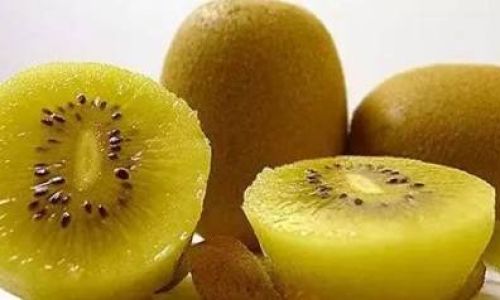
The Role of Temperature in Ripening
Temperature is a critical factor influencing the rate of ripening in fruits, including kiwifruits. Generally, warmer temperatures accelerate ripening processes, while cooler temperatures slow them down. This is because biochemical reactions, including those involved in ethylene production and cell wall degradation, occur faster at higher temperatures and slower at lower temperatures.
For kiwifruits, the optimal temperature range for ripening is between 18°C to 22°C (65°F to 72°F). At these temperatures, ethylene production and the subsequent ripening processes proceed at a rate that allows the fruit to develop its full flavor and texture without becoming overripe or spoiled.
Effects of Refrigeration on Kiwifruits
Refrigeration, typically at temperatures around 4°C (39°F), significantly slows down the ripening process in kiwifruits. By lowering the temperature, the biochemical reactions responsible for softening, color change, and flavor development are retarded. This means that a hard kiwifruit placed in the refrigerator will take much longer to ripen compared to one kept at room temperature.
Moreover, refrigeration can affect the overall quality of the fruit. While it preserves the firmness and extends the shelf life of unripe kiwifruits, prolonged storage at low temperatures can lead to chilling injury. Chilling injury in kiwifruits manifests as pitting or brown spots on the skin, off-flavors, and a reduced ability to ripen properly even after being removed from the refrigerator.
Will Hard Kiwifruits Ripen After Being Stored in the Refrigerator?
The short answer is yes, but with several caveats. Hard kiwifruits that have been refrigerated will eventually ripen if given enough time at optimal ripening temperatures. However, the process will be significantly delayed, and the quality of the ripe fruit may not be as good as if it had ripened at room temperature.
Here’s what happens when you take a refrigerated, hard kiwifruit and move it to a warmer environment:
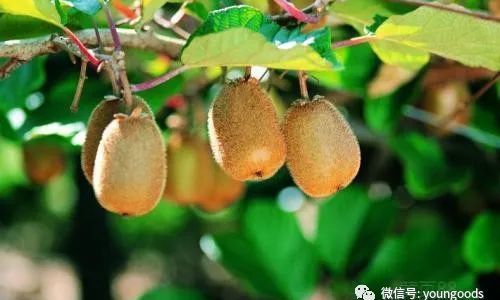
-
Ethylene Production Resumes: Once the fruit is removed from the refrigerator and exposed to warmer temperatures, ethylene production resumes. This triggers the biochemical reactions necessary for ripening.
-
Slow Ripening Process: Due to the initial chilling, the ripening process will be slower than usual. The fruit may take several days longer to reach its optimal ripeness compared to kiwifruits that were never refrigerated.
-
Quality Considerations: Even after ripening, kiwifruits that were refrigerated may have a less vibrant color, a slightly different texture, and possibly off-flavors due to chilling injury. The overall eating experience may not be as enjoyable as with fruits that ripened naturally at room temperature.
Practical Tips for Ripening Kiwifruits
Given the effects of refrigeration on kiwifruit ripening, here are some practical tips to ensure you enjoy perfectly ripe kiwifruits:
-
Buy Ripe-to-Eat Kiwifruits: The easiest way to avoid the ripening dilemma is to purchase kiwifruits that are already ripe or nearly ripe. Look for fruits that are slightly soft to the touch and have a vibrant color.
-
Room Temperature Ripening: If you buy hard kiwifruits, store them at room temperature in a single layer on a countertop or in a fruit bowl. Avoid stacking them, as this can slow ripening by restricting air circulation.
-
Ethylene Acceleration: To speed up the ripening process, you can place kiwifruits in a paper bag with an apple or banana. These fruits produce ethylene naturally, creating an environment with higher ethylene concentrations that accelerate ripening in nearby fruits.
-
Check Daily: Regularly check the firmness of the kiwifruits by gently pressing the skin with your thumb. When they yield slightly to pressure, they are ready to eat.
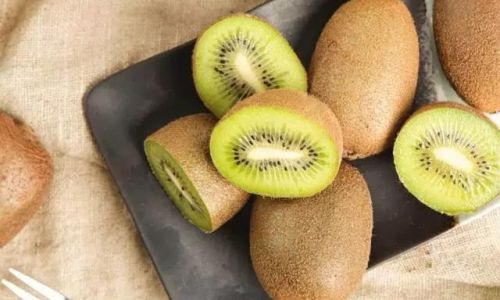
-
Refrigerate for Storage: Once kiwifruits are ripe, you can refrigerate them to slow further ripening and extend their shelf life. However, consume them within a few days for the best quality.
Conclusion
In summary, while hard kiwifruits can eventually ripen after being stored in the refrigerator, the process is significantly delayed, and the quality of the ripe fruit may be compromised. For optimal results, it’s best to purchase kiwifruits that are already ripe or nearly ripe and allow them to ripen at room temperature. By understanding the science behind kiwifruit ripening and the effects of temperature, you can enjoy perfectly ripe kiwifruits that deliver on taste, texture, and nutritional benefits.
Further Reading and Research
For those interested in delving deeper into the world of kiwifruit ripening and storage, there is a wealth of scientific literature and practical resources available. Studies have investigated the effects of various storage conditions, including temperature, humidity, and ethylene concentrations, on the ripening and quality of kiwifruits. Additionally, breeding programs are continually developing new varieties with improved ripening characteristics and resistance to chilling injury.
For consumers, staying informed about best practices for selecting, storing, and ripening kiwifruits can enhance their enjoyment of this nutritious and delicious fruit. Whether you’re a casual eater or a kiwifruit enthusiast, understanding the basics of kiwifruit ripening will help ensure you always have perfectly ripe kiwifruits on hand.
Moreover, as research continues to uncover new insights into the biochemistry and genetics of fruit ripening, we may see even more advancements in the future, leading to improved storage and ripening methods that preserve the quality and extend the shelf life of kiwifruits and other perishable fruits.
In conclusion, while refrigerating hard kiwifruits may delay their ripening, with the right knowledge and techniques, you can still enjoy the full benefits of this nutritious and delicious fruit. Happy eating!
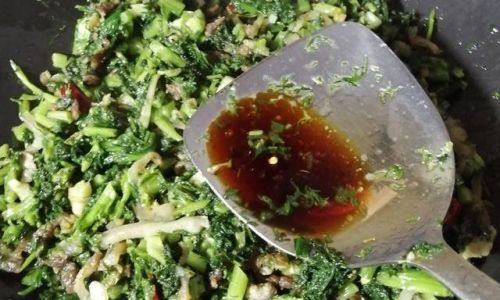
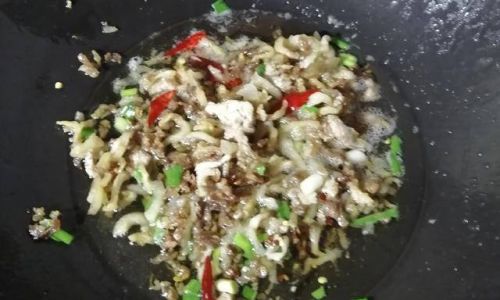
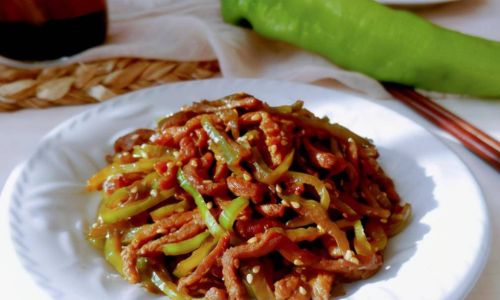
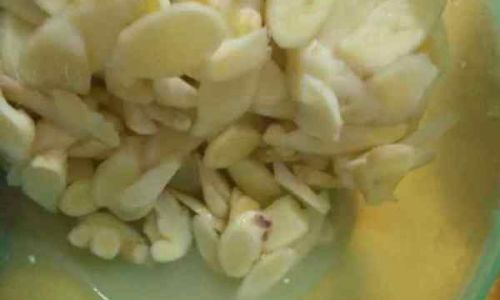

0 comments